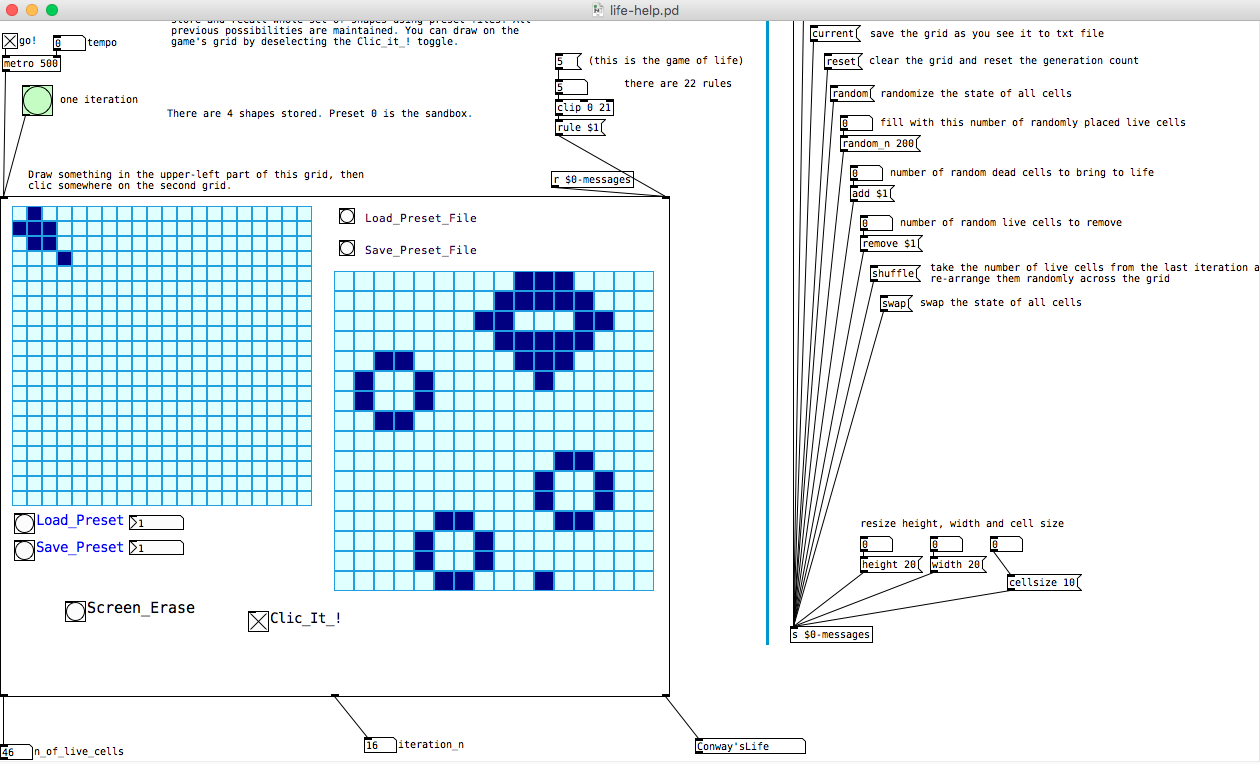@Hugo-Legrand I think I agree with you. Actually, directly mapping the crude grid to some pitches, I don't think that works very well in concept (@Jona came up with some nice examples, but the most interesting ones used 2 or 3 "layers").
Because of the way this cellular automata works, cells tend to reproduce according to the state of neighbours, and therefore there tend to be clusters of cells very close to each other, which musically doesn't make so much sense to me. Like you said, probably more interesting results could be obtained by processing the output data differently, I don't know.
The point is: the idea behind this patch was to create a 2d cellular automata, period. Everything else comes later (ie, the interpretation of the output). Of course, the faster the automata can run the better, which is why I would say that if we can get faster results with ophelia it's worth a thought (especially considering that updating/widening the scope of this patch as it is now is fairly tricky and requires more than a few headaches.. for me, anyway). But if you can get some use out of this patch, and the update speed doesn't hinder your projects, than that's great!
Regardless, I will upload the patch with those new 22 rules shortly.

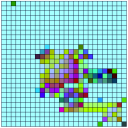
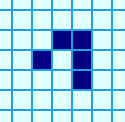
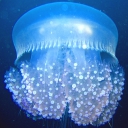
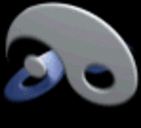
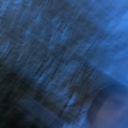
 i think you are right, you can achieve the same result with toggles and dynamic patching. i think we even started to patch with the toggle method before discovering data structures. i think data structures are still a little bit more efficient than toggles, but maybe i am wrong. they store the graphical and the visual representation at once and they can work like an array and each field is one element of the array. perhaps they are also more efficient because they carry less information, its only a pixel at a position with a color. we were exploring data structures at that time and the graphical side of the patch is roughly based on
i think you are right, you can achieve the same result with toggles and dynamic patching. i think we even started to patch with the toggle method before discovering data structures. i think data structures are still a little bit more efficient than toggles, but maybe i am wrong. they store the graphical and the visual representation at once and they can work like an array and each field is one element of the array. perhaps they are also more efficient because they carry less information, its only a pixel at a position with a color. we were exploring data structures at that time and the graphical side of the patch is roughly based on 